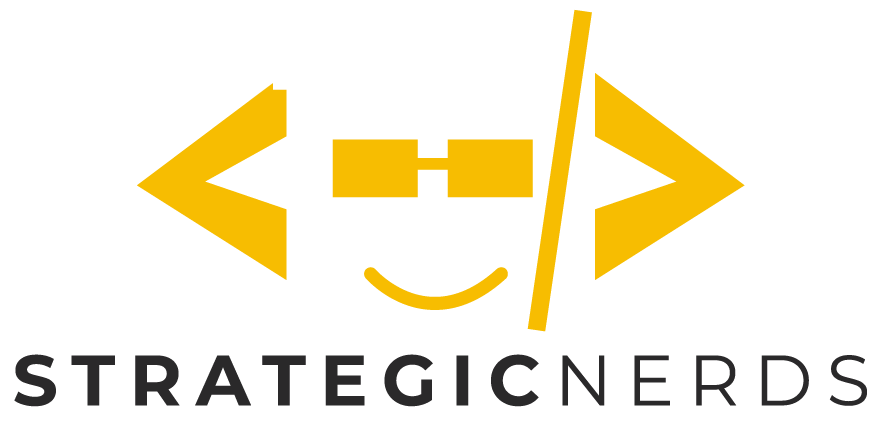Why you need a training program

Depending on the nature of your developer-focused cloud company, you may have any number of these problems:
- You have an open-source version of your cloud product and have no idea who your open-source users are.
- You have a cloud product that only one person on a development team needs to sign up for, but everyone else can benefit from.
- You have a cloud product but have no ability to programmatically determine who is the key stakeholder at a company.
- You have a cloud product and have multiple people from the same company joining, but no way to know if they are on the same team or different teams, or if someone is a contractor or employee.
Having a full view of your customer and key stakeholders is a critical component of your sales and go to market strategy. Without knowing who the key stakeholder is, you have no ability to engage at an appropriate level to drive cross-sells, up-sells, or even just a simple business relationship. When you only have one stakeholder, you're at the mercy of their own career whims. What happens when they leave the company? You'll be starting cold with someone who doesn't have the same level of comfort or buy-in to your product. If people are using your free open-source version, you have no ability to up-sell them to your cloud version.
In all these cases, you're flying blind. Sometimes, these problems can be solvable through brute force. For example, you can merge LinkedIn profiles into your CRM tool and start to map out an org chart at a customer. You can spend valuable time on a customer call asking for this information, but that is time best spent building a relationship rooted in the value your company and product bring to the table.
I prefer to get information directly from the customer.
Enter training. Your magic bullet in the SaaS era. If you have product-market fit and customer traction, now is the time to begin investing in training.
Training is hard
But losing customers is harder. Much harder.
When your key stakeholder leaves a company, they will give their notice and transition their work to someone else. Knowledge of your product, the reasons your initial stakeholder used for selecting it in the first place, and instructions on how to use it may all be on the bottom of their priority list for the transition period. If so, you will be in a pickle. You have no one with a vested interest in you or your product left at the customer.
Moreover, you're likely already doing some form of training. You're building product videos, writing "why do you need our company" explainers, and authoring blog posts that describe your problem space.
It's a matter of repurposing all your content in a different form. (Content repurposing is a constant theme of mine!)
This does take work, but it's less daunting than building a full syllabus and training from scratch. And it's work that's worth it if it builds deeper relationships with your customers.
When getting started, identifying a Developer Advocate with desire to own and tackle big projects is a wonderful way to empower an employee and watch them grow. It also bridges the content gap between information you already have and what you need to build in order to flesh out your first foray into training content.
The scalability of embedded training
You may be tempted to create training and make it available on YouTube and your docs. And, yes, you should make great content available on both.
But training content, organized into a syllabus, with tests and a linear flow (module 1, followed by module 2, module 3, and module 4), is different than video and docs. With training content, you are providing pedagogical background on a topic of interest, with your product positioned as a way to gain efficiency in addressing that topic.
I love to embed this training within the product itself so that customers have to sign up for the product in order to gain access to the training. To do this, the product must have the notion of accounts and sub-accounts so that you can begin to map out the organization as people use it. You need invite mechanisms so that one user can invite others to join your product.
With these product building blocks, you can now enable your primary stakeholder to invite others in the company to sign up, join their team, and access the training. These attendees may never enter into a paying relationship with you themselves, but they will have accounts, you will have email addresses, and you will be able to maintain a relationship, even if digital only, with them as they use your product.
On-site training can still be valuable
On-site training may seem antiquated, but if you're later stage and have the resources, building a team that offers on-site training for customers is immensely valuable. In the remote-first era, you can pick a location near the company's ostensible headquarters and encourage their teams to fly in and receive the training. You can work with your stakeholder to identify attendees, invite neighboring teams, and start building profiles of everyone at your client.
On-site training is time-consuming, but high-touch. If you have a high price point, enterprise product, it can be an incredible value-add to the business relationship. The cost of training may be negligible compared to the opportunity of new business within and across your existing accounts.
Training formats
Start small and grow from there.
Training can take on many forms, but fortunately if you follow my mantra of content repurposing, it won't be as complicated as you imagine:
- Short, bite-sized videos organized into larger modules, which in turn are organized into sections. Short video is imperative. We all have Zoom fatigue. Enable people to watch your videos in 5-10 minute chunks. Video is great for technical explanations.
- Don't forget written content. For background topics, give people background reading. Reuse your blog posts and whitepapers. Take your EBooks, slap a different cover on the front, and offer them as pre-reads.
- Infographics and interactive content are also really good ways to break up the monotony of training.
- Hands-on exercises. You can easily repurpose your tutorials into exercises developers need to do to demonstrate mastery of a topic.
Use data to understand where people are spending the most time. Build more content for these modules. Give the people what they want.
Summary
Training is a powerful tool to help you build stronger business relationships with your cloud customers. It's a customer-friendly way to give developers pertinent information about your problem space and establish your technical bonafides. And it's a fantastic way to gain intelligence about your accounts.
